Disclaimer: The iBasso DX150 was sent to us by iBasso directly in exchange for our honest review. Current price is 499$ and around 499€ around various websites.
About iBasso
iBasso is Chinese maker of DAPs, amplifiers, DACs and more recently IEMs. They’ve been in the audio game for a bit more than 10 years now and the brand really got famous with their first set of players : the DX50 and DX90. They also make great IEMs like the IT04, but for today, we are reviewing a DAP. The all-new iBasso DX150 which intends to form a winning pair with the DX200 and replace the strange DX80. So, hit or miss ?
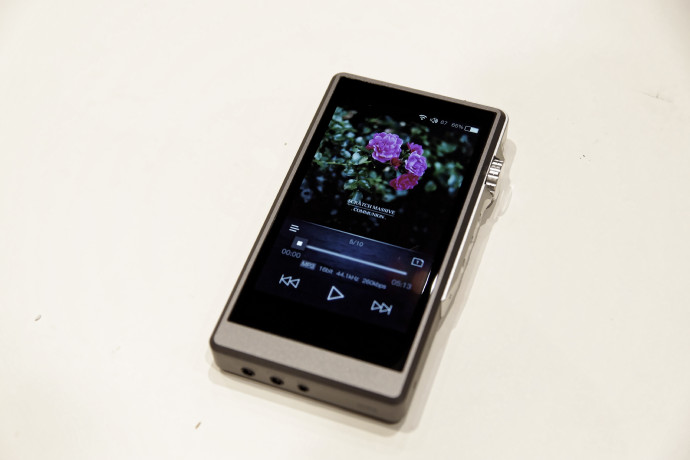
Presentation
DX100 (HDP-R10) : Hyperion
Back in 2012, Mike reviewed the iBasso DX100, the first generation of DAP produced by the brand. It already used a ESS Sabre DAC and iBasso was proud of their powerful headphone output, thanks to the headphone amplifier embedded. 64Gb of storage, a 6.35mm headphone output in combination of the classical 3.5mm output. It was the avantgarde of audiophile DAP : Android for OS, coaxial AND optical out, three levels gain…
A Japanese version was also produced, the Hibino HDP-R10. I don’t know if there is a difference, battery aside, but you can still find some on eBay.
DX50 and DX90 : Romulus and Remus
Launched in 2014, the iBasso DX50 and DX90 were the second generation of from the brand, an instant success. They combined good sound performance – especially the DX90 – nimble software and handy form factor, a great product even by today’s standards. The main difference between the DX50 and DX90 was the audio circuit, the latter was given a dual Sabre ESS DAC whereas the DX50 used a more simple Wolfson DAC.
You can still find these players on the second-hand market or even on Amazon, and if the DX50 is sonically outdated now, the DX90 can still surprise many of you. Or act as a source for a Chord Mojo, link it via Coaxial and you’ll have a full portable setup for half the price of an A&K Norma.
DX80 : Oedipe
Like the Greek hero Oedipe, the DX80 was more a miss than a hit. iBasso intended to make a DX90+ : bigger screen, double SD slot, optical/coaxial output and a Cirrus Logic double DAC. The result was a great player on paper… but only on paper. The UI was counter-intuitive, the case was too wedge-shaped and the output was too hissy for most listeners. Still, the player sold really well but didn’t catch-up with the trend of connected players.

DX200 : Pericles
In 2017, iBasso released their new flagship player : the DX200. A big, chunky DAP with a massive screen, thick case and double Sabre ESS DAC. The brand kept android for the core and added Mango as an option. All in all, it’s still one of my favorite player, even today. With impressive dynamics, powerful output and speedy UI, the DX200 is not cheap, going for 1000€ in Europe but it’s a viable alternative to Astell&Kern players or a good portable DAC like the Chord Mojo.
DX150 : Ulysse
With the DX150, iBasso wants to shoehorn its flagship. It’s cheaper than the DX200, even though it still costs around 1000€, 50% more than the new DX150. The player is also smaller, making it more portable, while retaining the big touchscreen and swappable amps. Like Sony did going from the Playstation 3 to the Playstation 3 slim (and later super slim). It’s chi-fi for mid-end, so maybe we can call it mid-chi-fi, the DAP keeping the double-DAC system from its big brother, although the iBasso DX150 switched from Sabre to AKM. Mid-end we say.
Design & Build Quality
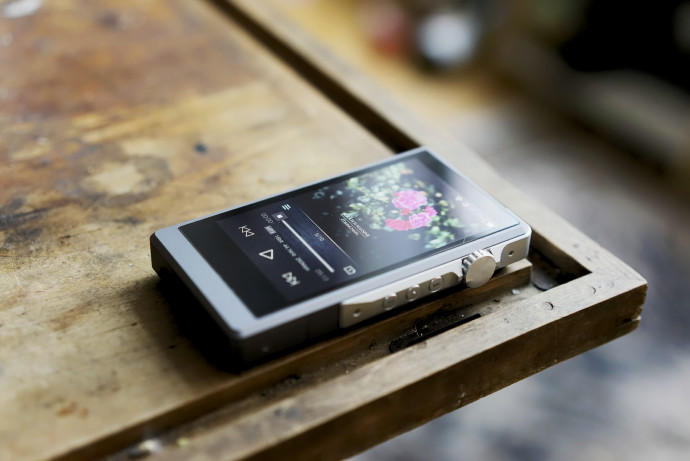
Casing
At first, it’s hard to distinguish the iBasso DX150 from its brother, as they share a similar footprint. Personally, I’d never suggest any of them for long runs or quick travel without a bag, the thickness being an issue for me, contrasting with the super-thin smartphones we own now. Our clothes might not be ready yet, mine aren’t… for sure.
Good news, the era of the wedge is gone with the DX80, the DX150 displays soft round edges, patiently CNC’ed and anodised in factory. If it does not feel as luxurious as Astell&Kern players, you really can’t complain once you hold it in your hand, it feels solid, premium and built to last. If the SP1000 feels and looks amazing, I would never bring it as my daily driver, if you drop it you could break it immediately or worse : harm someone.
The DX150 case is less prone to scratch and harm, I’ve even used it without its leather case and didn’t feel any OCD after a full day in my pocket. I may be afraid of the back cover though, if it feels thicker than the previous player, it doesn’t match the sides. Still, I prefer the DX150 case over the DX200, it’s more refined and definitely less convoluted.
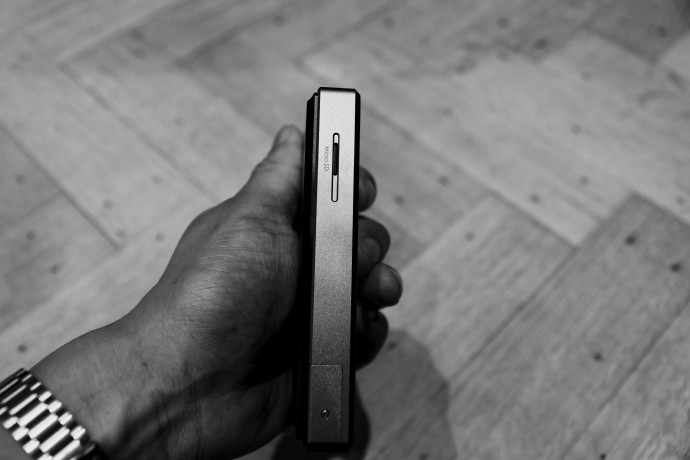
Layout
The layout of the iBasso DX150 depends of the amp modules you use, out of the box with the AMP6, you have :
- a 3.5mm TRS ouput
- a 2.5mm TRRS output
- a 3.5mm Line ouput
On the left side of the player, you have one micro-SD slot compatible with SDXC up to bazillions gigs.
On the right side, you have three buttons for play/pause, forward/fast forward, previous/fast rewind and a big good volume knob.
Finally, on the upper side you get one USB-C port, an optical/coaxial output and a power button.
To swap the amp, you just have to unscrew the base, with a small flat screwdriver. A proprietary system assuring its impossible to plug the amp incorrectly, so no worries.
Screen
The screen embedded within the DX150 is seriously good. The image is crisp, perfectly detailed thanks to the high resolution and most of all, the contrast is very very good. If DAPs were using second range displays a few years ago, it’s definitely not true now and you could seriously imagine an audiophile browsing the web on a DX150 on the 768×1280 resolution screen.
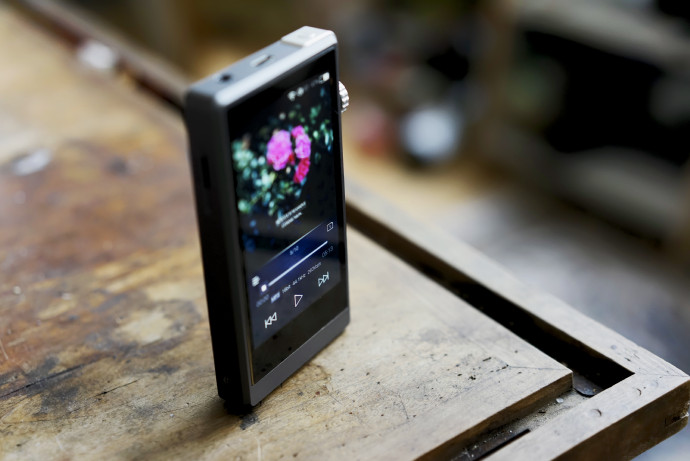
Swift construction makes the player look like the glass is taking up to 80% of the front. Black bars all around the screen, do the illusion when it’s off but once it is on, you can clearly see it takes only 60% of the whole front. Still, the player offers flush glass and a premium sensation for half a grand, not a bad deal.
The review continues on Page Two, after the click HERE or by using the jump below.







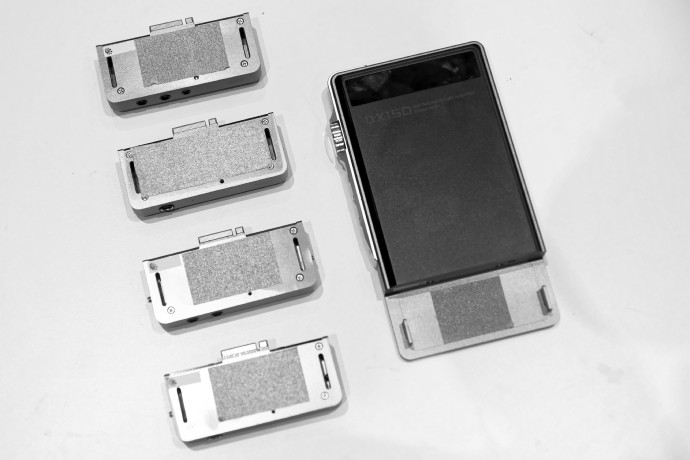
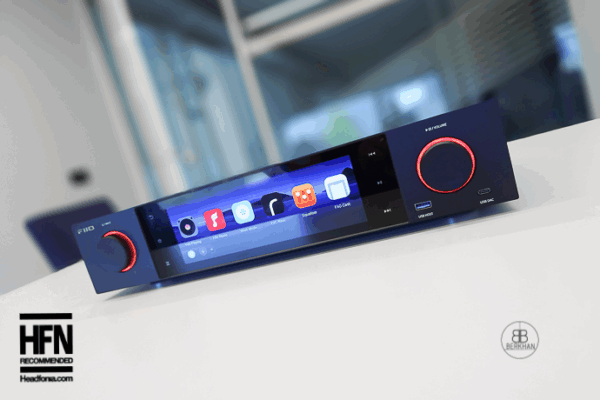
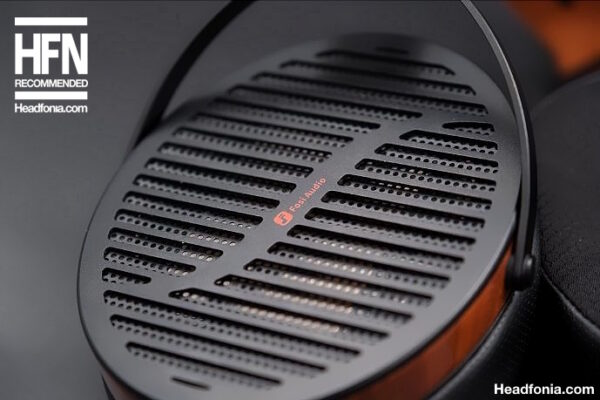
Li-An
Thanks for the review. But, happy owner of a DX90, I wait for the DX120. Curious to see what old hero name you’ll find for it.
Sulabh
Any comparisons with LG V30?
Andy
Amazing review, thank you. One question, is the AMP6 comparable in power to the Fiio X5 3rd gen, or is less powerful? I’m thinking of upgrading my fiio with the DX150 (match with Bayerdynamic DT 1770).
Michael
Great review! What Bluetooth codec is the iBasso DX150 using? AptX is coming soon, I know. But what is with AAC? Is it supported?
Mark Reed
Hi
Great review.
I have a Cayin I5, but I have an itch to change, is this a noticeable step up or hard pressed to tell the difference?
thanks
roland lickert
I do have the same player and I’m happy with it and in regards of sound the difference is minimal in my opinion and I like two sd card slots if you want to change player and get better sound you have to pay more
roland lickert
I do have the same player and I’m happy with it and in regards of sound the difference is minimal in my opinion and I like two sd card slots if you want to change player and get better sound you have to pay more
Chitsapesanravi RAVI
PLEASE sent my bank account 9733843.B.O c Sri Lanka iwillhopeyou youmusthelpme Address.no91thatakaroadkegalle NICNO751434715V
Miguel
Hello! I have measured with an oscilloscope and a tone of 1 Khz 0 db the 3.5 mm output of Amp 7 and 4.4 mm of amp 8 in the DX150 and they do not deliver their maximum voltage, in the case of amp 7, which should deliver 3.2 Vrms, it delivers 2.4 Vrms; I suspect that it is limited by the hardware of the sx150. regards!